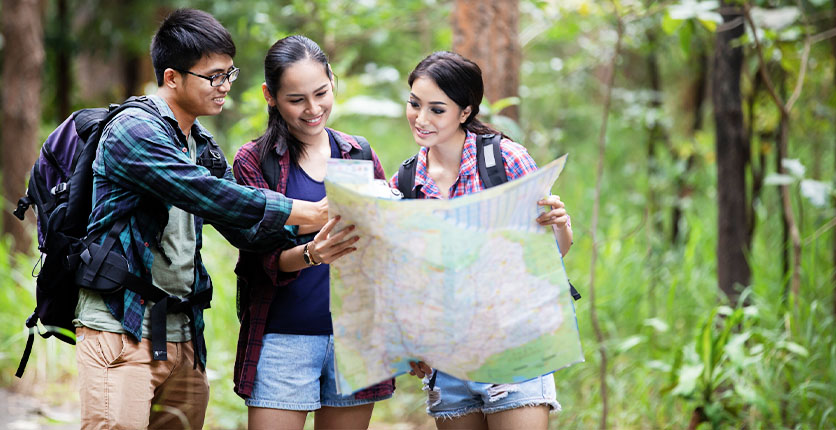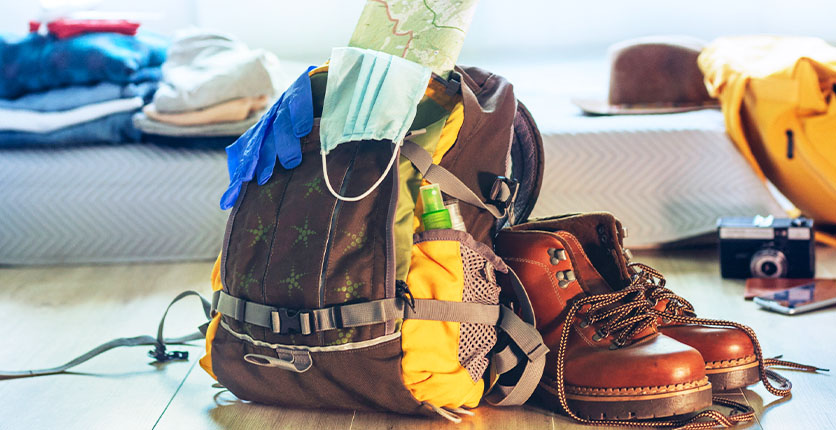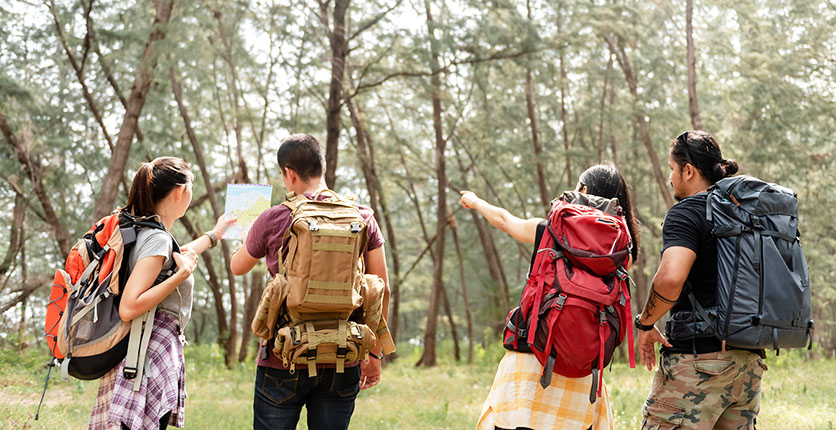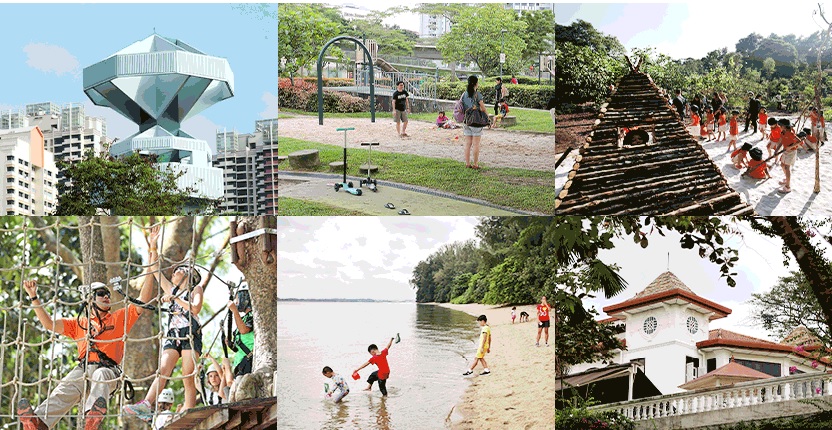Singapore may be a concrete jungle, but it’s also home to numerous green corridors and hiking trails. Since the pandemic, more of us are finding solace in the great outdoors, exploring dense forests and picturesque parks. While most of our island’s trekking routes are relatively easy, it’s still important to prepare ahead. This means planning your route, packing the right gear, wearing comfortable clothing, and so on. Vijay Kumar Patil, director of SGTrek, a local travel platform that specialises in hiking and trekking, shares some tips for a fun and safe day out.
1. Plan Ahead

“Familiarise yourself with the route and check the weather conditions,” says Vijay. “Take note of where the trail starts and ends, as well as all the emergency exit routes.”
If you plan to hike through the jungle, go early in the morning instead of at night. Get an update on the trail from friends or other hikers who were there recently – you might have to watch out for fallen trees or other obstacles or diversions. You should also avoid doing jungle treks alone. Bring a friend – someone who knows the trail well, if possible – or go with an experienced guide. Let your family members know where you’ll be and what time you expect to finish, so they’ll know where to look for you in case you get lost. Keep their phone numbers handy.
Free apps like Strava, All Trails and Runkeeper are ideal for tracing your steps so you can turn back if you lose your way.
Be realistic about your abilities. If a trail is known to be particularly challenging or unsuitable for beginners, then don’t go until you are fit enough or have sufficient hiking experience.
2. Pack Smart

If you intend to hike for several hours, pack light. Vijay also advises investing in a comfortable ergonomic backpack.
Depending on the length and difficulty level of your hike, you may wish to bring gloves, a headlamp or torchlight, portable phone charger, survival pocketknife, and/or hiking poles.
“It’s also good to pack a small first-aid kit, sunscreen, sunglasses, a map or compass, a whistle in case of an emergency, snacks like energy bars, and water or sports drinks,” Vijay adds.
3. Dress Comfortably

Wear proper hiking shoes to avoid hurting your feet and dress comfortably. “Choose loose, lightweight and breathable clothing made from nylon or polyester, particularly if it’s a hot day,” says Vijay. “These will keep you cool. Light colours reflect the sun better than dark. And always go with UPF (ultraviolet protection factor) clothing to protect your skin from UV radiation. A hat or cap, a bandanna and a neck gaiter are also worth taking with you.”
4. Warm Up Beforehand

Warm-up exercises raise the temperature in your muscles and joints and boost your blood circulation. Vijay says that this helps to “loosen” your muscles and reduces your risk of injury while you’re on the move.
5. Avoid Heatstroke

Plan your hike for early in the morning before the sun gets too intense. Some routes, such as those on the PCN (Park Connector Network) are suitable to walk in the evenings, when it’s cooler. If possible, plan a route that includes more shaded than open areas to limit direct sun exposure.
“Remember to hydrate every 15 to 20 minutes, but don’t overdo it,” Vijay adds. Water is fine but sports drinks with electrolytes are better.
Finally, listen to your body. Vijay advises you to rest when you need to and not to push yourself too far.
6. Respect Your Surroundings And Follow The Rules

“Always stay on the designated trails and don’t wander off into restricted areas such as government property or privately owned land,” says Vijay. “If the original trail is blocked by fallen trees, turn back and return to the original trail immediately. Always be aware of your surroundings, too, and look out for dangers along the way. Don’t touch or eat any fruits or plants along the trail.”
You may come across signs alerting you to wildlife in the area. If you see wild monkeys, for example, keep a safe distance from them and don’t feed them.
Lastly, don’t be tempted to perform dangerous stunts for an Instagram photo. They may land you in hospital or even kill you. Always read the warning signs along the trail.
Hikes To Try
Easy
Chestnut Nature Park: Singapore’s largest nature park is perfect for bird watching and offers separate trails for hiking and mountain biking. The total distance of the northern and southern trails is 5.6km.
Intermediate
Dairy Farm Nature Park: This hike is famous for its dense forest and stairs, which take you up to Bukit Timah Hill. The Dairy Farm Loop trail is about 6.5km long.
Challenging
Coast to Coast Trail: You need to be pretty fit to complete this 36km trek, which spans across Singapore and takes you through nature areas and park connectors. Start at Jurong Lake Gardens in the west and finish at Coney Island in the northeast.
Share your hiking tips with us at magnsman@sph.com.sg!








